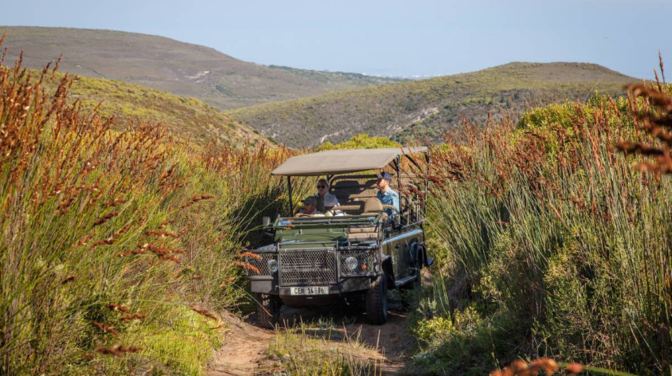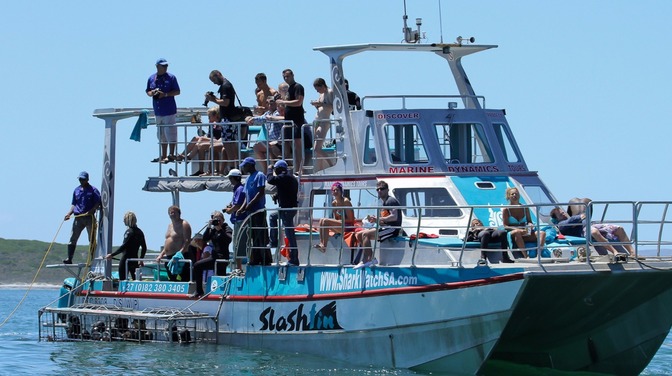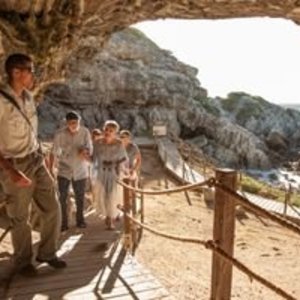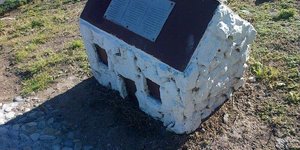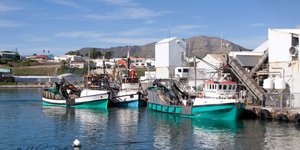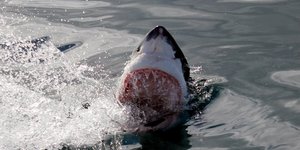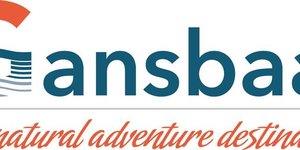Gansbaai originally called “Ganse Gat” (Goose’s Hole) after the Egyptian Geese that hung around the fresh water spring in the now Gansbaai harbour, has an interesting history which has guided it into an equally interesting and exciting present, sought after as a natural adventure destination.
Thousands of years ago…
The suburb De Kelders, meaning ‘the cellars’, was so named because of the many caves along the cliffy coastline of the area. Archaeological evidence from the Klipgat (stone hole) Caves suggest that early modern people made these caves their home some 80 000 years ago when Homo neanderthalensis were still roaming in Europe. The caves were more recently, 2000 years ago, inhabited by Middle and much later Late Stone Age people called the Khoikhoi. The ‘stone hole’ provides a beautiful view over the bay and for these earlier settlers a view of their fishing fields on the beach below.
These caves, which includes the only fresh water cave on the coast of Africa, are now an important historical site and are included in a number of guided and unguided hikes, the Klipgat Trail, along these spectacular cliffs of De Kelders.
… to the 18th and 19th century
The Khoikhoi continued thriving in the area until the white settlers arrived and in the 18th Century. In 1713, a smallpox epidemic all but wiped out the local population. Colonial expansion further decimated the traditional life of the Khoikhoi and many of those left either became workers on farms or joined the existing Xhosa people.
In 1811, their descendants settled in the now Stanford Cove under the Milkwood trees and founded the fishing culture of Gansbaai.
In about 1881, Johannes Cornelis Wessels, a nomadic fisherman walked over the dunes from Stanfords Cove to the coastal stretch of the farm Strandfontein (fountain on the beach) and noticed the geese around this freshwater spring. This enabled him and a small community of people to establish themselves here. Originally called Ganse Gat, it later changed to its current name Gansbaai (Goose Bay).
And more recently…
The community depended on fishing for survival, which in those days was hard work for little pay. In 1939 a small factory was built to process shark livers as a source of Vitamin A and lubricant during World War 11, after which the demand declined and the period of prosperity was over. Then in 1952 the Gansbaai Fishing Co-operative was formed as the fishing trade began to recover. Gansbaai Marine and its fish meal plant followed and added to the economic growth. This co-op still exists today and is considered the primary industry and income generator in Gansbaai. The canning division is the largest of its kind in the southern hemisphere.
Gansbaai received Municipal status in 1963 and became a bustling town and major holiday spot for fisherman from all over the country.
Wrecked in Gansbaai
Our coastline is also testimony to the many ships that did not make it around or through the Cape of Storms, with 7 shipwrecks around Danger Point and 140 wrecks along this coastline. The most famous of which is the HMS Birkenhead which sank in 1852 and left the legacy of the Birkenhead drill “woman and children first”. All women and children were saved, 438, mostly soldiers, aboard perished. Numerous horses made it back to shore and legend has it they formed a ‘wild herd’ which are still seen today along the coastline. The relics and memorial to this event are housed at Danger Point Lighthouse, the Great White House and some of the museums on the South Western Cape.
…to the present
It was in 1995 that the Shark Cage Diving became the key attraction in Gansbaai, attracting film crews and shark enthusiasts from all over the world. This activity is now considered the number 2 wilderness attraction after the Kruger National Park. As a result, Gansbaai has earned the title of The Great White Shark Capital of the World TM boasting the highest density of these awesome creatures in the world.
Southern Right Whales have been visiting our South African coastline for centuries between May and December every year to mate and birth. Gansbaai and its suburbs provide some of the best land based sites to watch these gentle giants up close.
This rich heritage, natural features and unique Fynbos (fine bush) along our coast and mountains makes for a diverse and interesting visit to this beautiful region.

